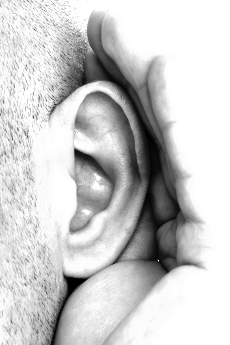Vaccine helps NT hearing
 First Nations children in the Northern Territory (NT) between the ages of 12 and 36 months now have access to a vaccine that effectively reduces the risk of hearing loss.
First Nations children in the Northern Territory (NT) between the ages of 12 and 36 months now have access to a vaccine that effectively reduces the risk of hearing loss.
The findings from an extensive study conducted by the Menzies School of Health Research has been published in PLOS Medicine.
The primary objective of the study was to determine which pneumococcal conjugate vaccine (PCV), either +P (PCV13) or +S (PHiD-CV10), was most effective in reducing hearing loss caused by chronic otitis media, a persistent middle ear infection.
This infection is particularly prevalent among First Nations children in remote areas of the NT, contributing significantly to hearing loss and subsequent learning and development issues.
The study concluded that children receiving the +P vaccine had better hearing outcomes compared to those who received the +S vaccine.
Specifically, the incidence of moderate hearing loss was halved and normal hearing was doubled in the +P vaccine group compared to the +S group.
Despite the small sample size, the study found a 20% difference in hearing loss between the two groups, with the actual difference likely ranging from 1% to 37%.
“Almost every Australian First Nations child living in remote regions of the Northern Territory experiences chronic otitis media in their early years of life. It is crucial that this illness is prevented or treated early, to reduce hearing loss, and subsequent impacts on learning and development,” says Professor Amanda Leach AM.
The study was funded by the National Health and Medical Research Council (NHMRC), supporting two randomised control trials that evaluated head-to-head and combination vaccine schedules. These trials, conducted independently of the pharmaceutical industry, underscore the potential of vaccines to prevent hearing loss and address the long-term effects of otitis media.








 Print
Print